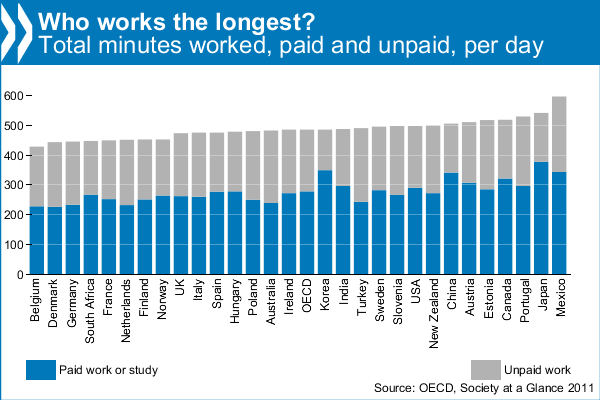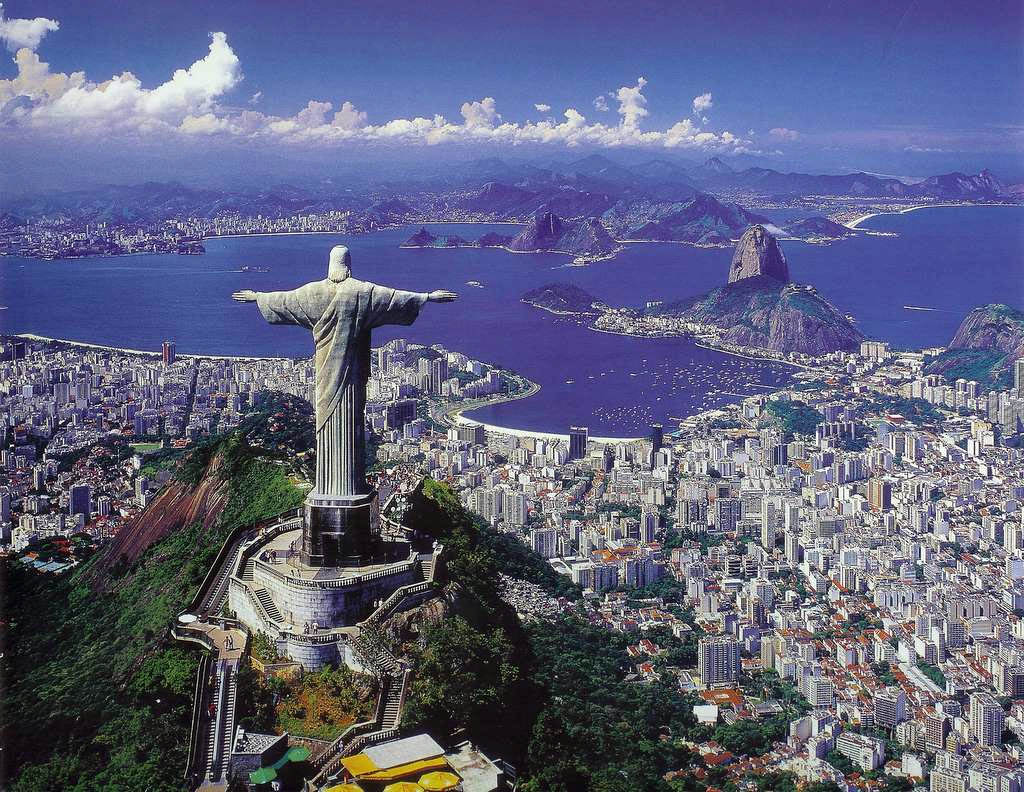Michael Fumento
Factual · Powerful · Original · Iconoclastic
U.S. Biases Harm Our Interests In Latin America
January 01, 2012 · Michael Fumento · Foreign PolicyMedellín — There are two Latin Americas. There’s the largely fictional one of media-perpetuated stereotypes; and there’s the real one: an incredibly vibrant, industrial, youthful, open-minded people with whom the United States — if it wishes to remain a great power — absolutely must forge stronger economic and political bonds.
I have now lived in four cities of two Latin American countries: Medellin, Bogota, and Cartagena, Colombia, and Guadalajara, Mexico. I stay in others’ homes and rarely speak English. And I’ve observed what the empirical data support: Gringos suffer mass misperceptions harmful to all parties; false beliefs that impede business dealings and national security arrangements with people who are both neighbors and friends.
"Gringos" he says. Isn’t that a nasty word? Sure, in context — like when the bandito calls Clint Eastwood’s character a "Feelthy greengo peeg!" In reality, it’s a neutral term often applied to any foreigner and sometimes to lighter-featured people within the country. (I’ve also never heard anyone say "Hasta la vista!" In Guadalajara it’s usually "¡Que le vaya bien!" essentially "May all go well!" Nice, huh?)
Yes, they’re neighbors. This notwithstanding that two different Americans whose jobs concern Latin America recently asked me of Mexico, "What is South America like?" Maps show Mexico firmly attached to the U.S. in the North American continent.
Yet the real South America is close enough that you can fly from Washington, D.C., to two major capitals there in the same time it takes to go from L.A. to Washington, D.C. That means all of Mexico, Central America and the Caribbean is even closer. You can also drive from the U.S. to the southern tip of South America. Try that with Hawaii while keeping your socks dry.
How about the stereotypical Mexican with the huge sombrero and poncho, napping under a tree? Never saw that, but have personally observed that Latin American work weeks are six days, 10 to 12 hours on the job with a two-hour lunch. Hardly surprising, then, that the Organization for Economic Cooperation and Development (OECD) says Mexicans are the hardest-working people of its 26 member nations.
 Nor should it be surprising that the economy of Latin America grew 4.3% in 2011, while that of the U.S. limped along at 1.7%. No wonder Latin American economic performance confidence levels are higher than in anywhere else in the world, according to Thornton International’s 2011 report.
Nor should it be surprising that the economy of Latin America grew 4.3% in 2011, while that of the U.S. limped along at 1.7%. No wonder Latin American economic performance confidence levels are higher than in anywhere else in the world, according to Thornton International’s 2011 report.
That also helps explain why between 1998 and 2009, total U.S. merchandise trade (exports plus imports) with Latin America grew by 82%. This compared with 72% for Asia and only 51% with the EU nations. Yet the U.S. has barely tapped that potential, with almost 60% of Latin American trade coming from just one nation — Mexico .
Brazil’s economy alone is twice the size of Mexico’s and growing much faster. Indeed, it’s now the world’s sixth-largest. And two years ago China knocked aside the U.S. as its largest trading partner. Indeed, throughout "America’s backyard" China is gaining market share from the U.S. at an astounding pace.
That needn’t be the case. "Caterpillar’s exports to Chile have tripled" since the Chilean Free Trade Pact went into effect seven years ago, company spokesman Bill Lane told me in a phone interview. Lane also chairs the Latin American Trade Coalition (LATC), which represents more than 1,200 U.S. companies, business organizations, farm and ranch groups, and chambers of commerce.
"In 2010 we exported 10 times more to Colombia than to Korea. That’s more than enough to justify passage" of the Colombian free trade pact, he said. That pact, which I supported previously in these pages, was held up by Congress for four years. Finally passed in November, it will increase annual U.S. gross domestic product by nearly $2.5 billion and U.S. merchandise exports by $1.1 billion, according to the Commerce Department.
 Brazil is now blessed with the world's sixth largest economy. Yet U.S. trade with Brazil is a fraction of that with Mexico — and less than Brazil's trade with China.
Brazil is now blessed with the world's sixth largest economy. Yet U.S. trade with Brazil is a fraction of that with Mexico — and less than Brazil's trade with China.
CNN’s Mexico is filled with vicious killers who go bowling with people’s heads on Saturday nights. Not to downplay the real horrors, but the violence is highly localized, is almost always among the "narcos" themselves, and in any case those suppliers wouldn’t exist if the U.S. weren’t providing the demand.
Medellin, once dubbed the world’s "most dangerous city," is the former haunt of Pablo Escobar and the Medellin Cartel. In an example of the benefits of U.S.-Latin American cooperation, they were wiped out.
Today it’s a beautiful city graced by the nicest folk I have ever met. Start talking to a stranger and you end up with a friend. Oh, and Colombia has what many consider the world’s prettiest girls. (Sorry, no statistics to support that; but take my word for it.)
It’s often hard to generalize about Latin America. It has more than half a billion people, two major official languages and, like the U.S., most people are immigrants or descendants of immigrants from every nation on earth.
But it can be said of Latinos generally that they’re friendlier and more outgoing than Americans, have stronger bonds with family and friends, and still adhere to traditional values generally that so many Americans sorely miss from their own country. And from what I’ve seen they like gringos.
"Go West, young man!" That was the motto of 19th-century America, the watchword of Manifest Destiny. Today we need to look in a different direction. Her destiny now lies south.
